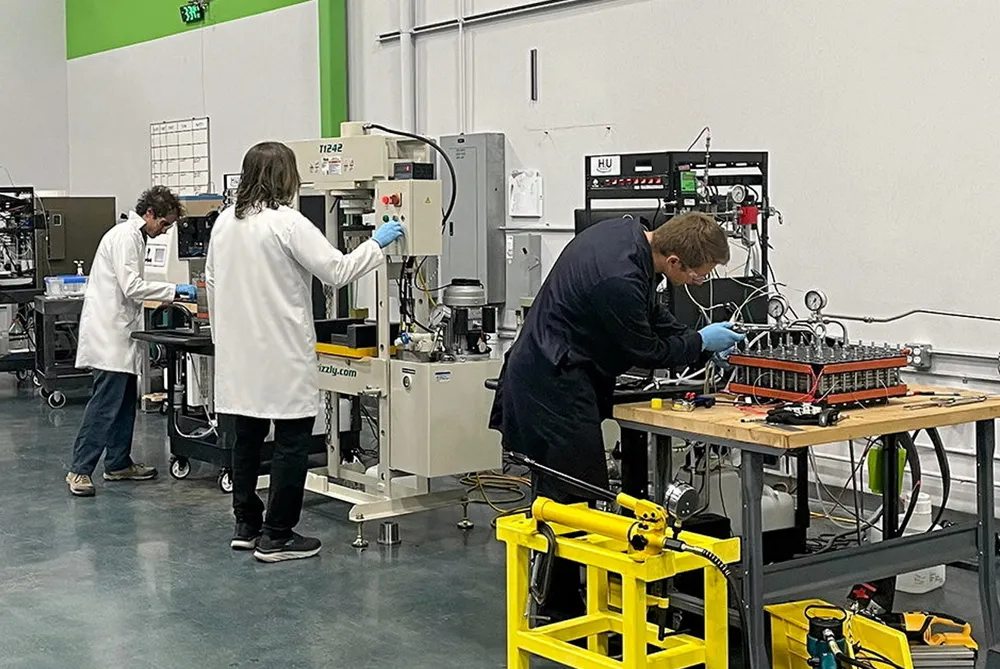Cheaper hydrogen? | US start-up demonstrates iridium-free PEM stack that will 'nearly halve' cost of electrolysers
H2U Technologies has replaced the expensive catalyst used in proton-exchange-membrane machines with ‘inexpensive and abundant’ materials
